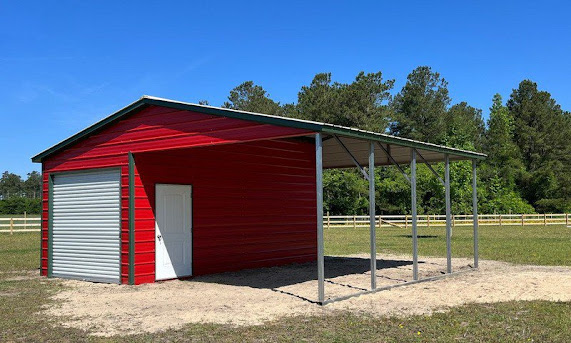Carport Buildings: A Versatile Solution for Vehicle Protection

Carport buildings have become a popular choice for homeowners and businesses alike, providing a cost-effective and versatile solution for protecting vehicles from the elements. These structures offer numerous benefits beyond traditional garages, making them a practical addition to any property. Let's explore the features, advantages, and considerations of carportbuildings in detail. What are Carport Buildings? Carport buildings are open-sided structures designed to shelter vehicles from sun, rain, snow, and debris. Unlike enclosed garages, carports typically consist of a roof supported by posts or columns, providing ample space for parking cars, trucks, RVs, boats, or other vehicles. Carports can be freestanding or attached to existing structures like homes, offering flexibility in design and placement. Features and Design Options Carport buildings come in a variety of styles and materials to suit different aesthetic preferences and functional needs. Standard features and...


.jpg)